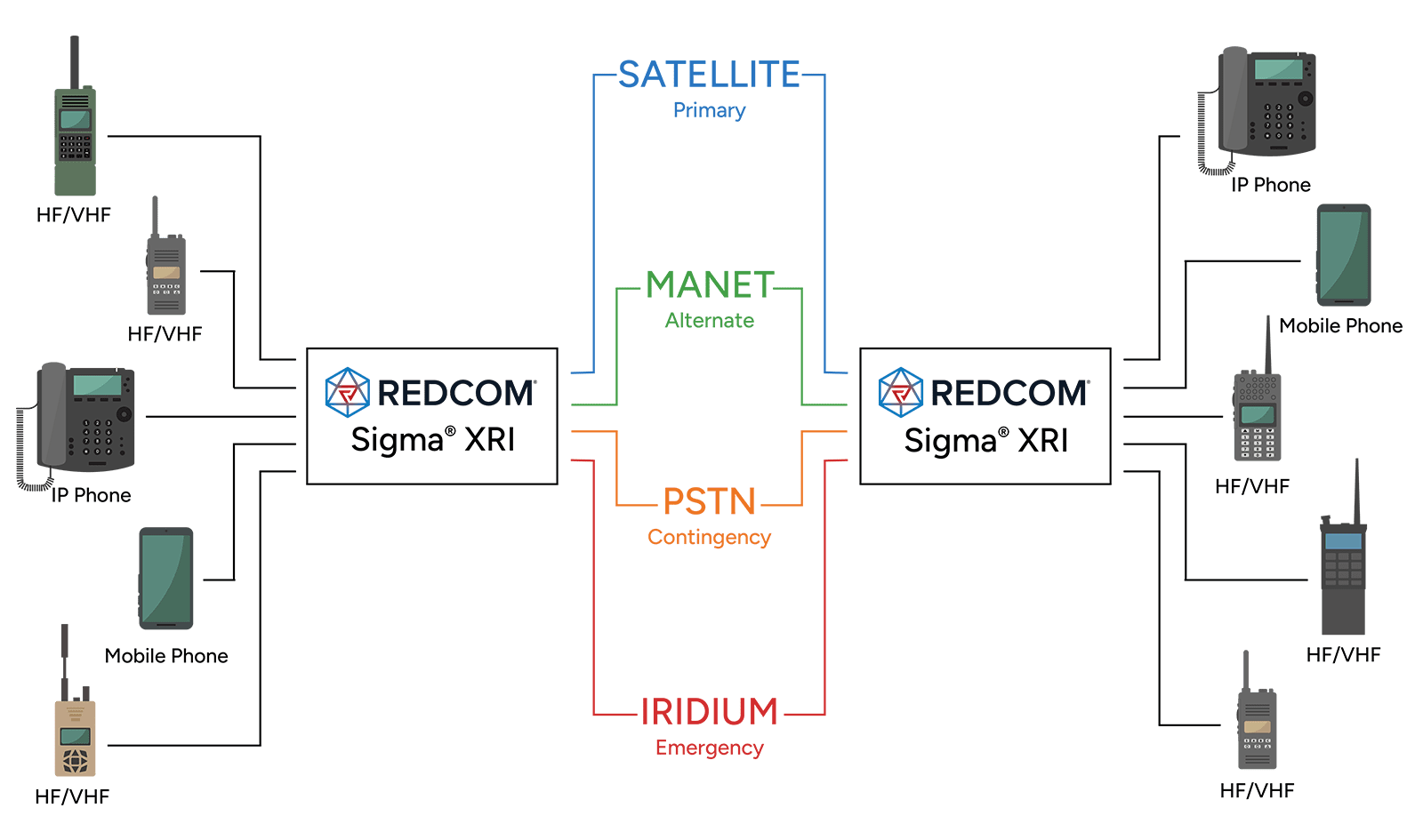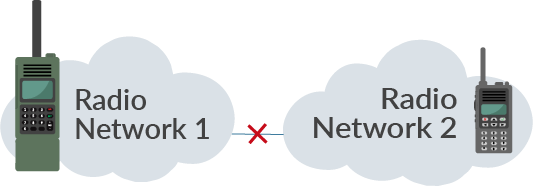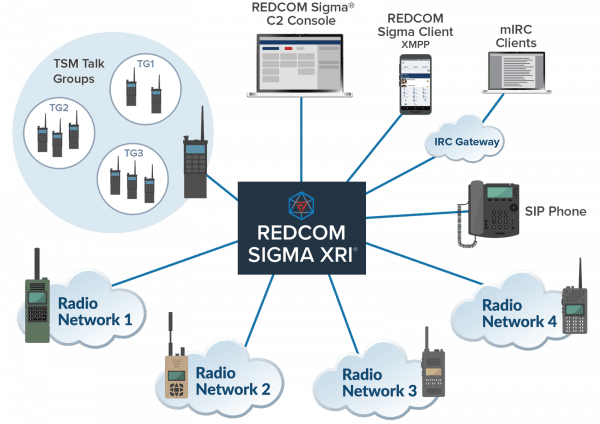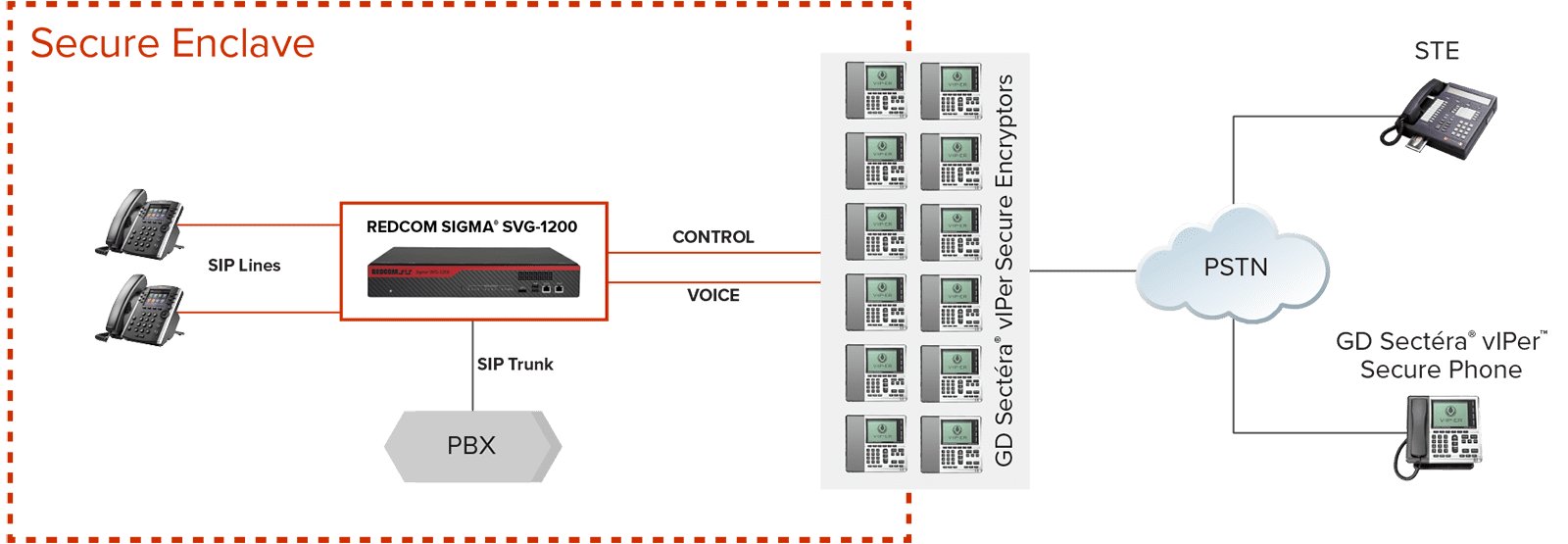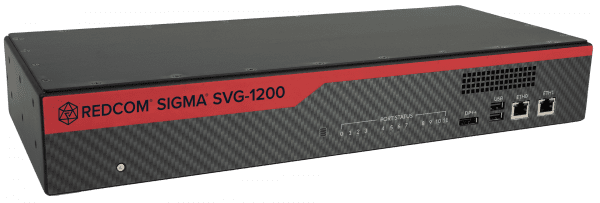REDCOM Awarded GSA MAS Contract for C2 Communications Products
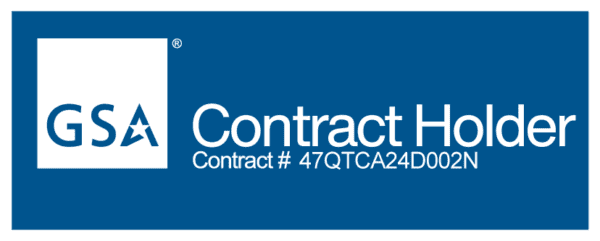 REDCOM Laboratories, Inc., a leading developer and supplier of advanced tactical communications systems for the U.S. Department of Defense (DoD), is pleased to announce its new award of a General Services Administration (GSA) Multiple Award Schedule (MAS) contract (47QTCA24D002N) for Command and Control Communications products. The contract is valid for a five-year period through 14 December 2028, with options for up to five additional years.
REDCOM Laboratories, Inc., a leading developer and supplier of advanced tactical communications systems for the U.S. Department of Defense (DoD), is pleased to announce its new award of a General Services Administration (GSA) Multiple Award Schedule (MAS) contract (47QTCA24D002N) for Command and Control Communications products. The contract is valid for a five-year period through 14 December 2028, with options for up to five additional years.
GSA Schedule contracts contain predetermined terms and conditions (such as pricing, delivery terms, and warranties) that comply with all applicable procurement regulations. This streamlines the purchasing process for the Federal Government. With this approval, REDCOM can offer its complete line of C2 solutions directly to the government as a prime contractor. REDCOM products on the GSA schedule include:
- REDCOM Sigma® C2 Software: An intuitive software-based C2 platform with integrated voice, video, chat, and conferencing.
- REDCOM Sigma® C2 Console: An app that provides operators with a single pane of glass to monitor and control all comms on the tactical C2 network.
- REDCOM Sigma XRI: A small, purpose-built MIL-spec C2 platform with integrated radio interop.
- REDCOM Sigma® SVG-1200: A secure voice gateway that enables powerful multi-party ACC-compliant Type 1 communications.
- Sigma Maintenance Renewal: Provides unlimited Sigma software upgrades and 24/7 technical support.
- Training: The government can purchase any combination of REDCOM training classes (on-site or virtual) for the above REDCOM products.
In order to qualify for GSA approval, an organization must complete a rigorous application process and have a proven track record within its industry. As a long-established developer and supplier of advanced communications technology, REDCOM’s customers already include the U.S. Army, Air Force, Navy, and numerous government agencies.
About REDCOM
REDCOM Laboratories, Inc. specializes in the development of advanced strategic, operational, and tactical communication solutions with a focus on interoperability, flexibility, and ease of use. REDCOM’s tactical products are optimized for low size, weight, and power (SWaP), making them the ideal communications core for denied environments or deployments to the tactical edge. REDCOM’s customers include all branches of the U.S. military, government agencies, emergency responders, integrators, and enterprises. All REDCOM products are proudly designed, built, and supported in the United States. For additional information, please visit the REDCOM website at www.redcom.com.
 Español
Español